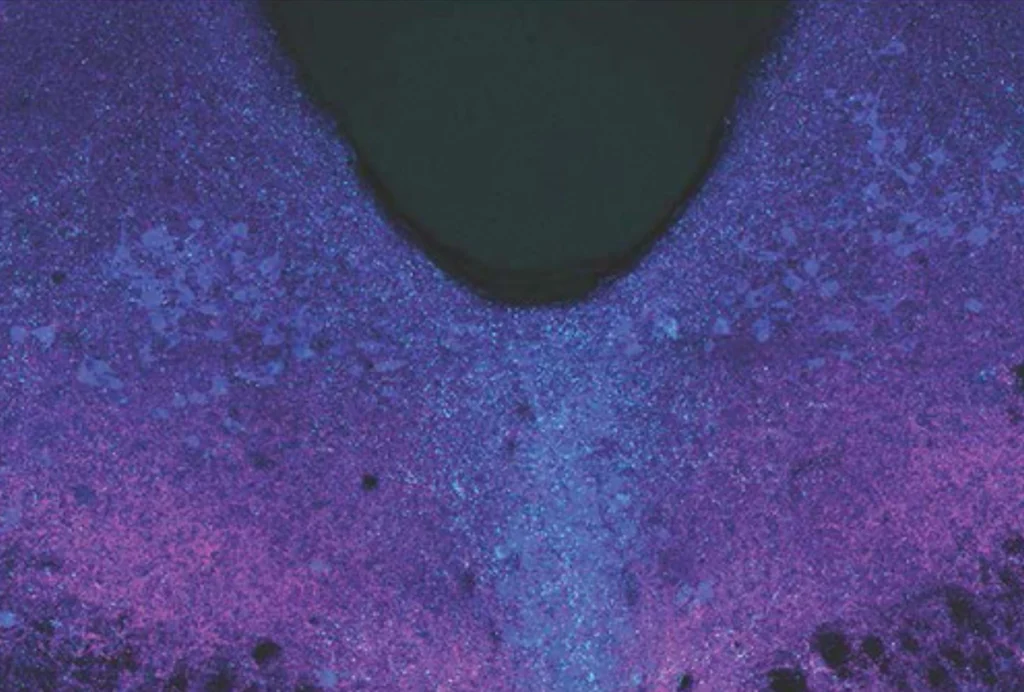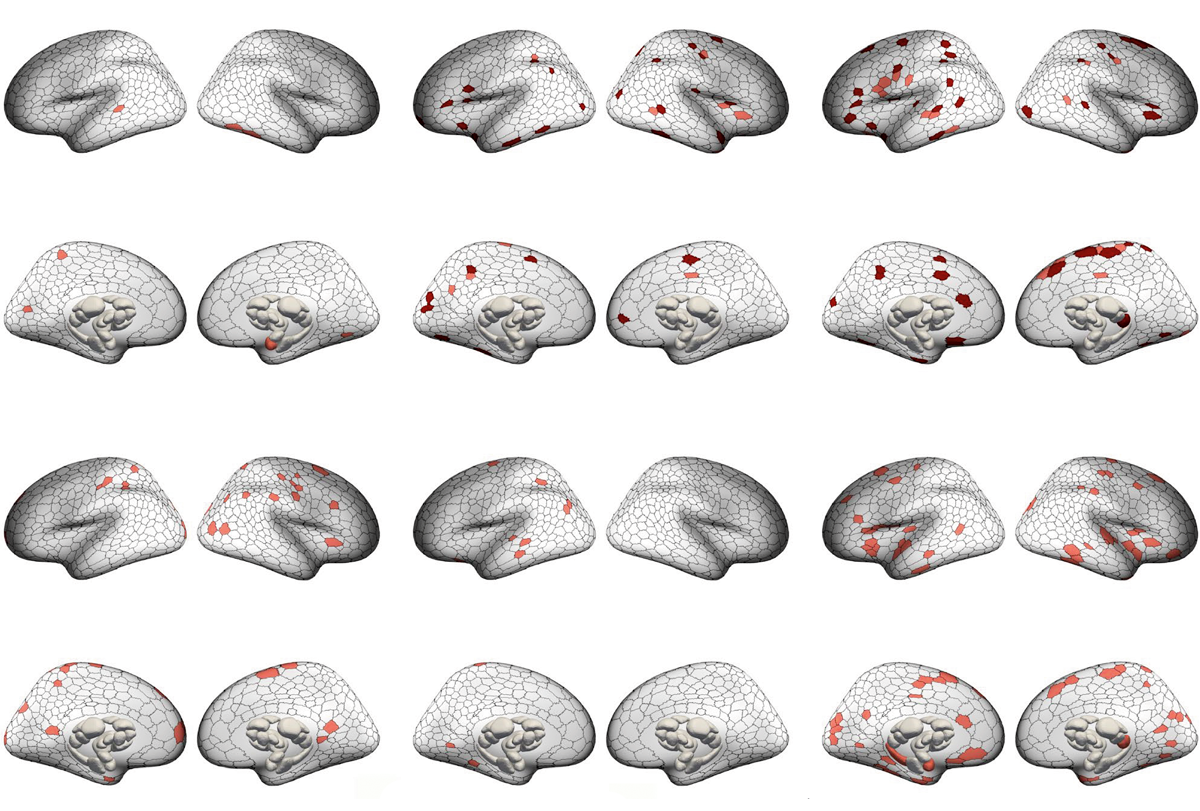Claudia López Lloreda is a freelance science journalist with a focus on neuroscience, mental health and psychology. She earned her B.S. in cellular-molecular biology from the University of Puerto Rico, Rio Piedras, and her Ph.D. in neuroscience from the University of Pennsylvania in Philadelphia. Her work has appeared in Science, Wired, Undark, Scientific American, Smithsonian Magazine and Science News. She is based in San Juan, Puerto Rico.

Claudia López Lloreda
Contributing writer
From this contributor
Neurotransmitter switch-up helps fan extreme stress into full-blown fear
The flip occurs when certain neurons in the dorsal raphe start to express the chemical GABA instead of glutamate, a new study shows.

Neurotransmitter switch-up helps fan extreme stress into full-blown fear
Innovative device records activity from distant brain areas simultaneously
The headset combines calcium imaging and electrode recordings to track both the cerebellum and anterior cingulate cortex as mice socialize.

Innovative device records activity from distant brain areas simultaneously
SYNGAP1 findings illuminate links between mutations, intellectual disability
New mouse models join several studies that could point to novel therapeutic approaches.

SYNGAP1 findings illuminate links between mutations, intellectual disability
Alterations in circuits characterize six neuropsychiatric conditions
The underlying regional neurobiology of the conditions may differ from person to person.

Alterations in circuits characterize six neuropsychiatric conditions
Explore more from The Transmitter
New connectomes fly beyond the brain
Researchers are mapping the neurons in Drosophila’s ventral nerve cord, where the central nervous system meets the rest of the body.

New connectomes fly beyond the brain
Researchers are mapping the neurons in Drosophila’s ventral nerve cord, where the central nervous system meets the rest of the body.
Building an autism research registry: Q&A with Tony Charman
A purpose-built database of participants who have shared genomic and behavioral data could give clinical trials a boost, Charman says.

Building an autism research registry: Q&A with Tony Charman
A purpose-built database of participants who have shared genomic and behavioral data could give clinical trials a boost, Charman says.
Cerebellar circuit may convert expected pain relief into real thing
The newly identified circuit taps into the brain’s opioid system to provide a top-down form of pain relief.

Cerebellar circuit may convert expected pain relief into real thing
The newly identified circuit taps into the brain’s opioid system to provide a top-down form of pain relief.